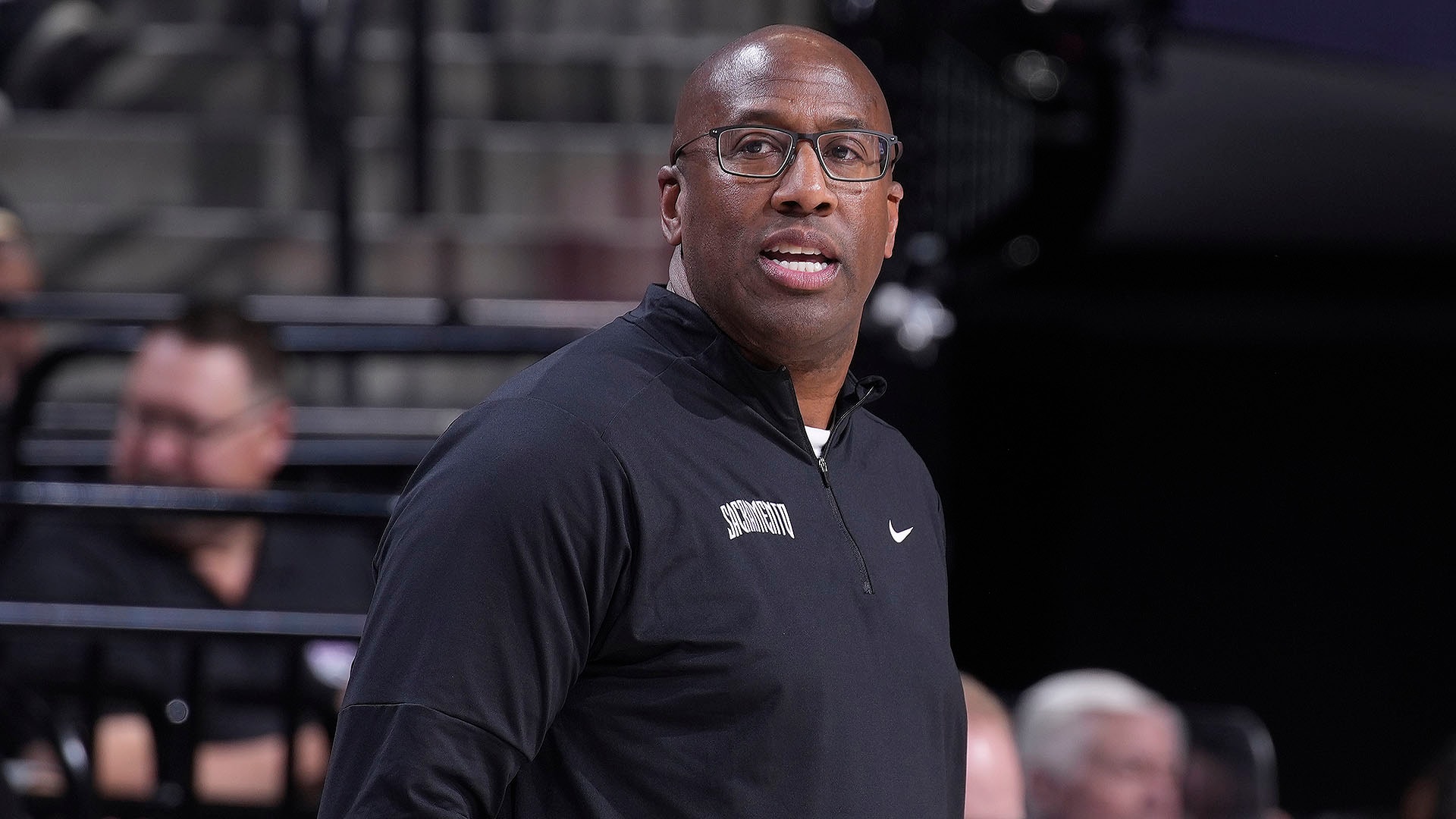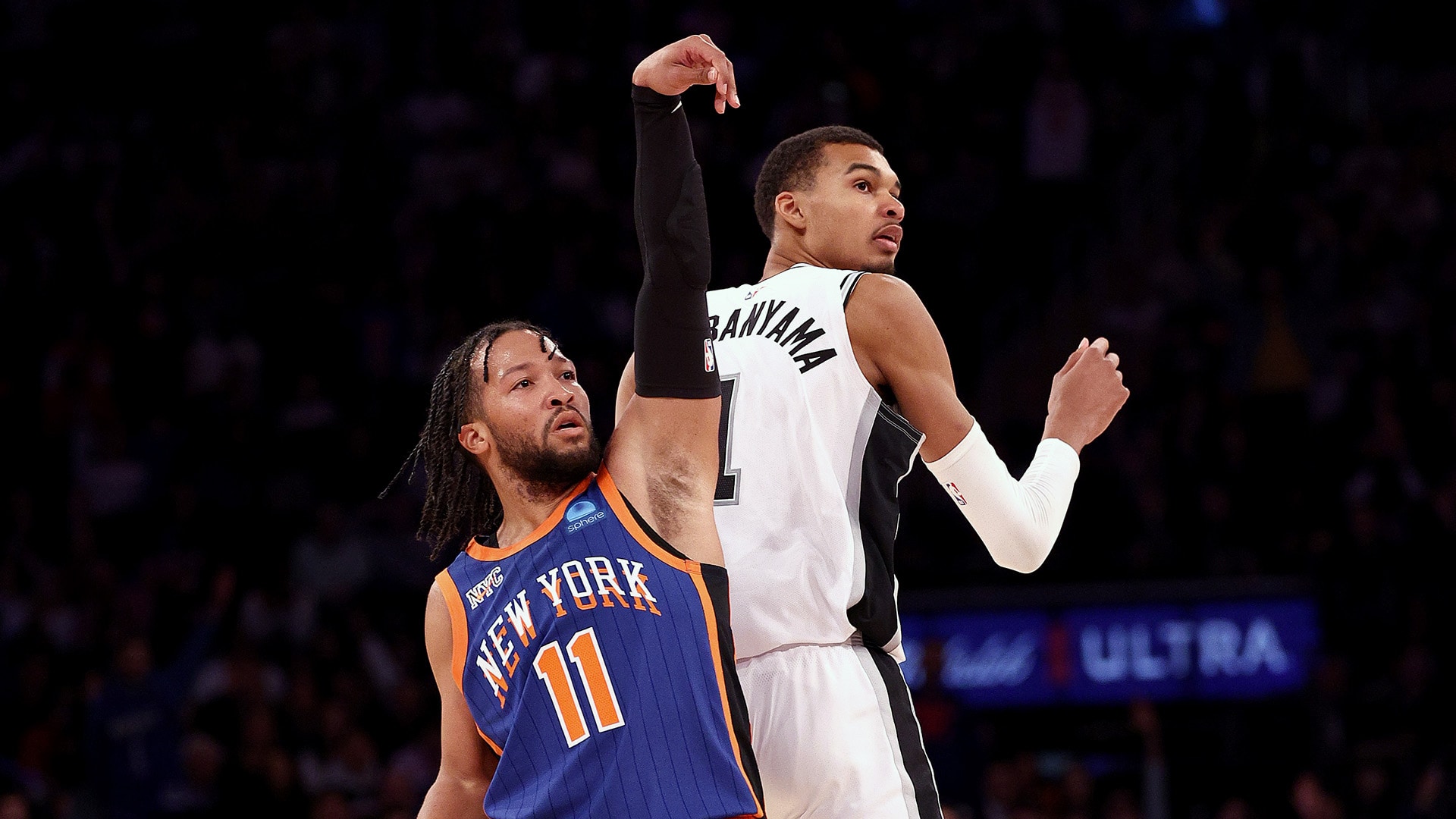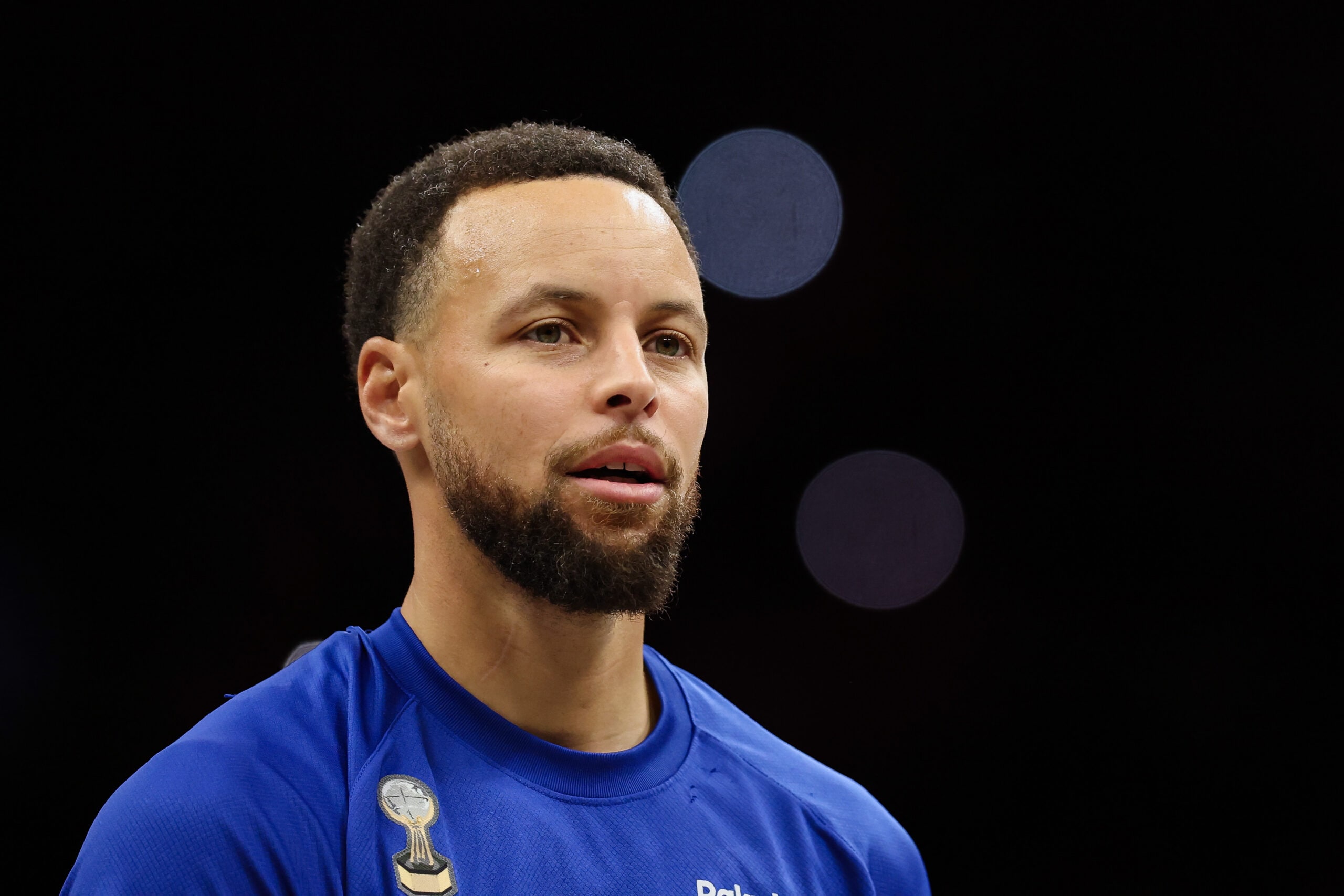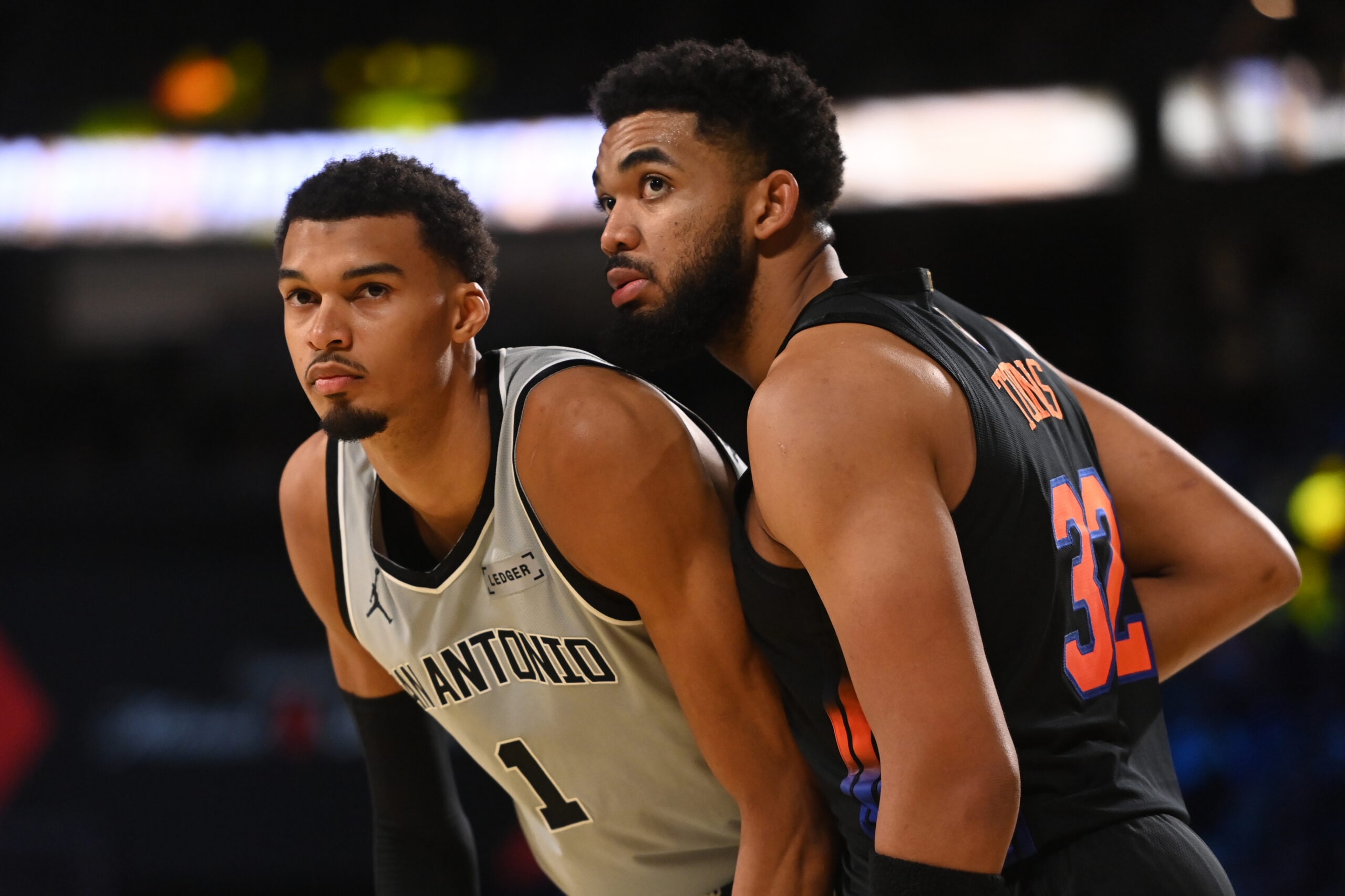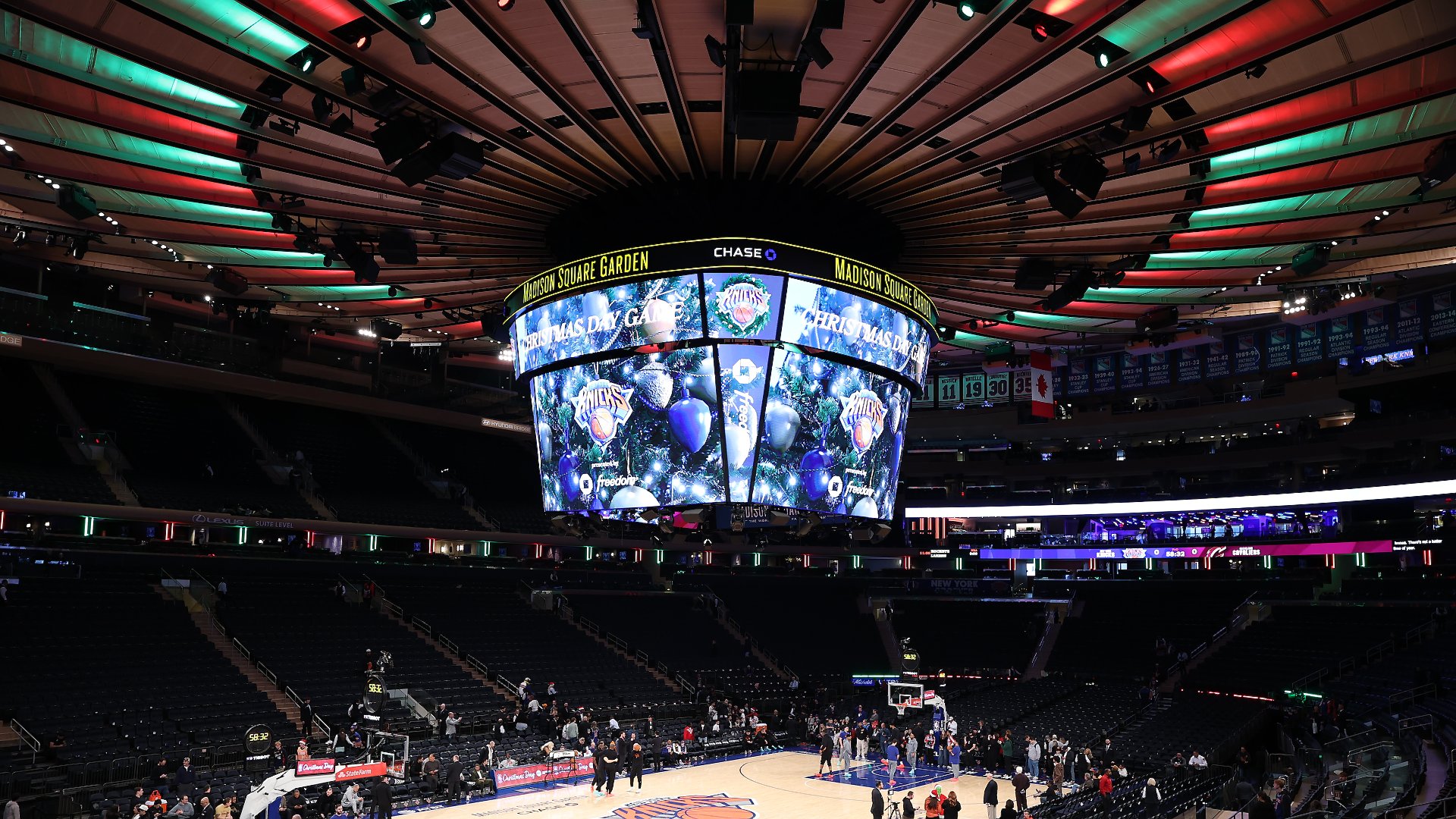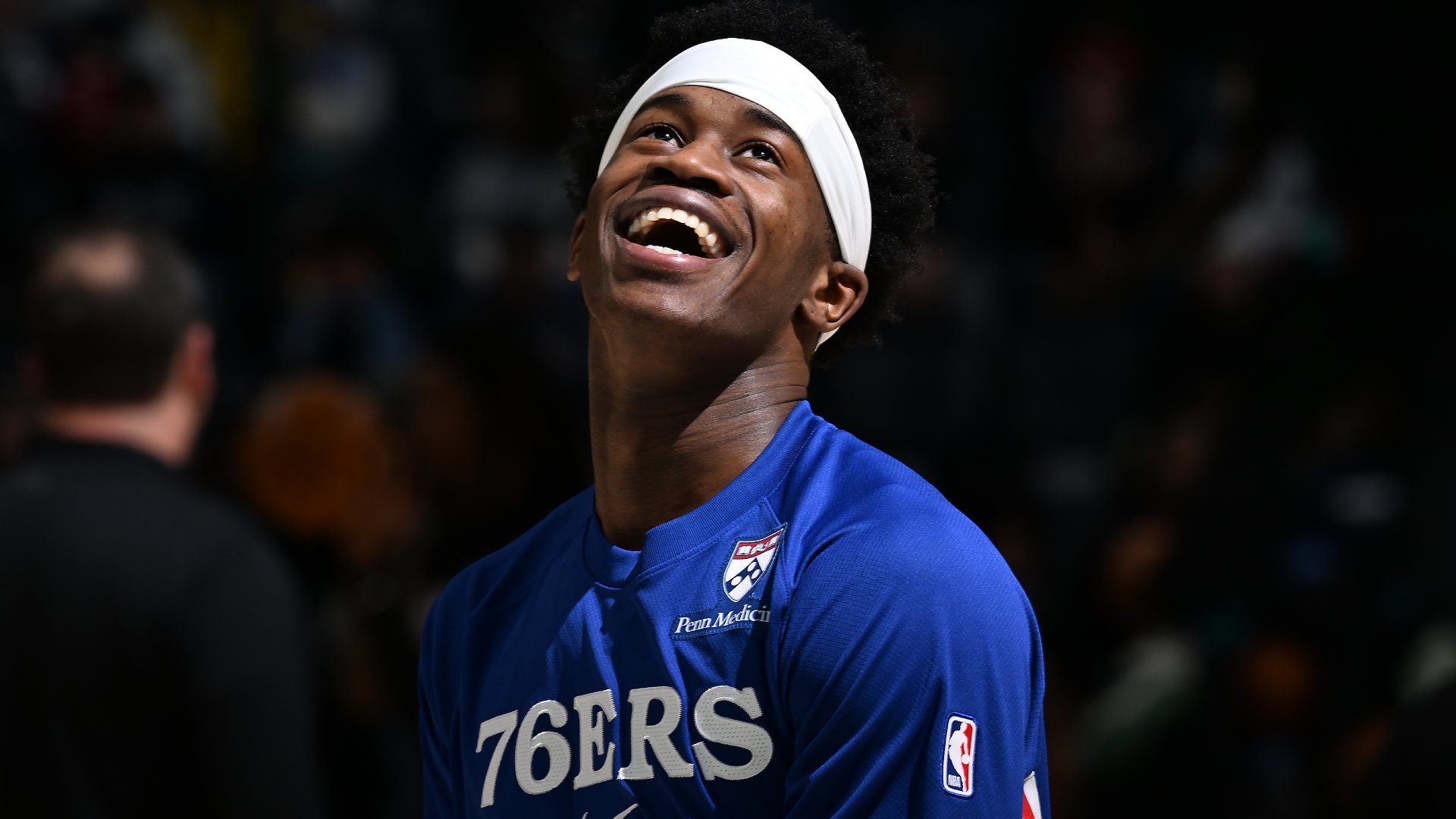
OG Anunoby, forward-guard for the New York Knicks.
Editor’s Note: Read more NBA coverage from The Athletic here. The views on this page do not necessarily reflect the views of the NBA or its teams.
* * *
Nearly two years ago, just after arriving in New York, OG Anunoby reverted to his comfort zone.
The Knicks had just finalized a trade to acquire the versatile swingman. His first test: a New Year’s Day matchup with the Western Conference-best Minnesota Timberwolves. Anunoby didn’t know the Knicks’ plays, beyond what he’d studied during his six-plus seasons with the Toronto Raptors. He hadn’t learned their terminology. He had to gameplan on the fly.
Before tipoff, he approached the point guard, Jalen Brunson, with an objective.
“I don’t really know what I’m doing,” he told Brunson. “So, I’m going to keep cutting.”
That’s what Anunoby did. He scored on a cut from the corner just barely into the first quarter, then sliced through the Wolves’ top-ranked defense for another finish at the basket shortly after.
The Knicks received an injection of movement, a stylistic tweak from the days leading into Anunoby’s arrival. They scrambled defenses for the rest of the month — until injuries ruined the romance of 2023-24’s effervescent January Knicks.
In a new situation and without appropriate time to prepare, Anunoby opted for what he knew. When in doubt, move.
His third season in New York will pose another change.
For the first time since that game against the Wolves, Anunoby has a new coach. The Knicks let go of Tom Thibodeau in June, only a few days after a thrilling run to the conference finals, the organization’s most successful playoffs in 25 years. Mike Brown will replace him.
Talk has followed about how the Knicks could be different under new leadership.
Who starts? What happens with everyone’s favorite topic of the past half-decade, the minutes? Does the team change its defensive strategies under Brown? Could it go to more zone? Or more switching? What does this mean for Brunson, who has endorsed Thibodeau since he was a toddler? And how about for Mikal Bridges, who didn’t look like the most comfortable version of himself during Year 1 with the Knicks?
Yet, lost somewhere in the conversation is the Knicks’ steadiest wing presence, the active, 6-foot-7, All-Defensive bully who expanded his role during the month Brunson missed last regular season and contracted it when the situation demanded he do so.
How does Brown’s entrance change life for Anunoby?
The answer won’t present itself until the Knicks play games. But the questions will start away from the basketball.
The greatest sign of the Knicks’ offensive health a season ago was a dunk from Anunoby. A defender would pay too close attention to Brunson or the group’s other scoring machine, Karl-Anthony Towns, which would free up a lane for one of the wings. Anunoby scored on 135 cuts into layups or dunks just while the team was in its half-court offense, nearly twice his previous career high.
During an early-season win over the Philadelphia 76ers, back when the Knicks’ attack hummed, Anunoby slammed in seven dunks. The Knicks won in a blowout. For various reasons — from schematic ones, like how the team responded to defenses guarding Towns differently, to statistical ones, like the squad’s struggles to get to the free-throw line or find voluminous success from 3-point range — as the season went on, scoring tailed off, and so did those Anunoby dunks.
Might Brown try other ways to use Anunoby as a cutter? Could he curl around Towns for more dribble-handoffs, like Brown implemented with Domantas Sabonis in Sacramento? Could those opportunities at the basket more commonly come in transition?
At his introductory press conference, Brown said he wanted to play faster. A downfall of the Knicks last season, despite their talent and structure, was their inability to get into the offense with speed. This wasn’t about fast breaking. Especially late in games, New York often wouldn’t get into a set until 10 seconds had already run off the shot clock.
Could a higher pace, if the Knicks were able to implement one successfully (remember, only every team in NBA history has gone into training camp pleading that it wants to play faster), benefit Anunoby, a demon in transition? Could it lead to more 3-point attempts altogether and thus more for Anunoby, too?
Anunoby knows how to free himself on the break.
In fact, during his first season with the Knicks, Thibodeau spliced him in with bench units, in part because the team’s reserves liked to run. Anunoby could stampede with them. No coincidence, approximately one in every six of his field-goal attempts with the Knicks in 2023-24 were dunks, which would be the highest figure of his career if he sustained that rate for a single season.
Last season, Anunoby played alongside the starters for a disproportionate amount of minutes. Brunson and Towns, especially, played a style more conducive to half-court offense a season ago. Of course, a new coach with a new offense could seek to change that.
Could mixing Anunoby in with higher-pace players create more opportunities for him to burst on the break? Could getting ahead of the defense create more mismatches for him in the half court?
When Brunson got hurt last season, Anunoby started driving to the basket approximately twice as often, according to Second Spectrum. He averaged just short of 25 points a game over that one-month span. And he was not succeeding because of Kyrie-esque crossovers. Anunoby is a workman. He puts his head down and bowls over whichever pins dare bounce in his path.
Might playing faster and thus rushing defenders onto unwanted matchups create more of these opportunities for Anunoby? Might he end up with a smaller guy on him more in 2025-26 than he did last season? If so, how does he handle it?
If he’s successful, the Knicks could increase the chances of a mismatch.
Brown has a tool that Thibodeau couldn’t use for most of last season: Mitchell Robinson, who re-emerged as a top-notch center during the playoff run. If the Knicks start Robinson alongside Towns, as they did during the Eastern Conference finals, that would bump Anunoby to the three. A positional change wouldn’t force him to guard different types of players, but teams that start three smalls — and this is 2025; there are lots of them — might have trouble with Anunoby’s physicality.
Especially if Robinson starts, lending the Knicks’ first unit a top-notch paint protector, the new coaching staff could play around with Anunoby’s defensive role.
Bridges manned the point of attack for most of last season. Anunoby would take on the opponent’s best wing or forward. Thibodeau flipped their roles come the first round of the playoffs, when Anunoby stuck to Detroit Pistons All-Star point guard Cade Cunningham. The move uncovered gems.
The Knicks’ defense looked better in the first two rounds vs. Detroit and the Boston Celtics, when Anunoby defended the point of attack mostly, but the team also switched more than it had at any other point last season. It also had a healthy Robinson, which changed the game, as it will to begin this season, too.
It’s too early for answers. But it’s worth asking the questions: How does swapping Thibodeau for Brown affect Anunoby? Can he shoulder a greater offensive burden, as he did with Brunson injured last season? And how might he adjust to change once again?
***
Fred Katz is a senior NBA writer for The Athletic. Follow Fred on Twitter @FredKatz

